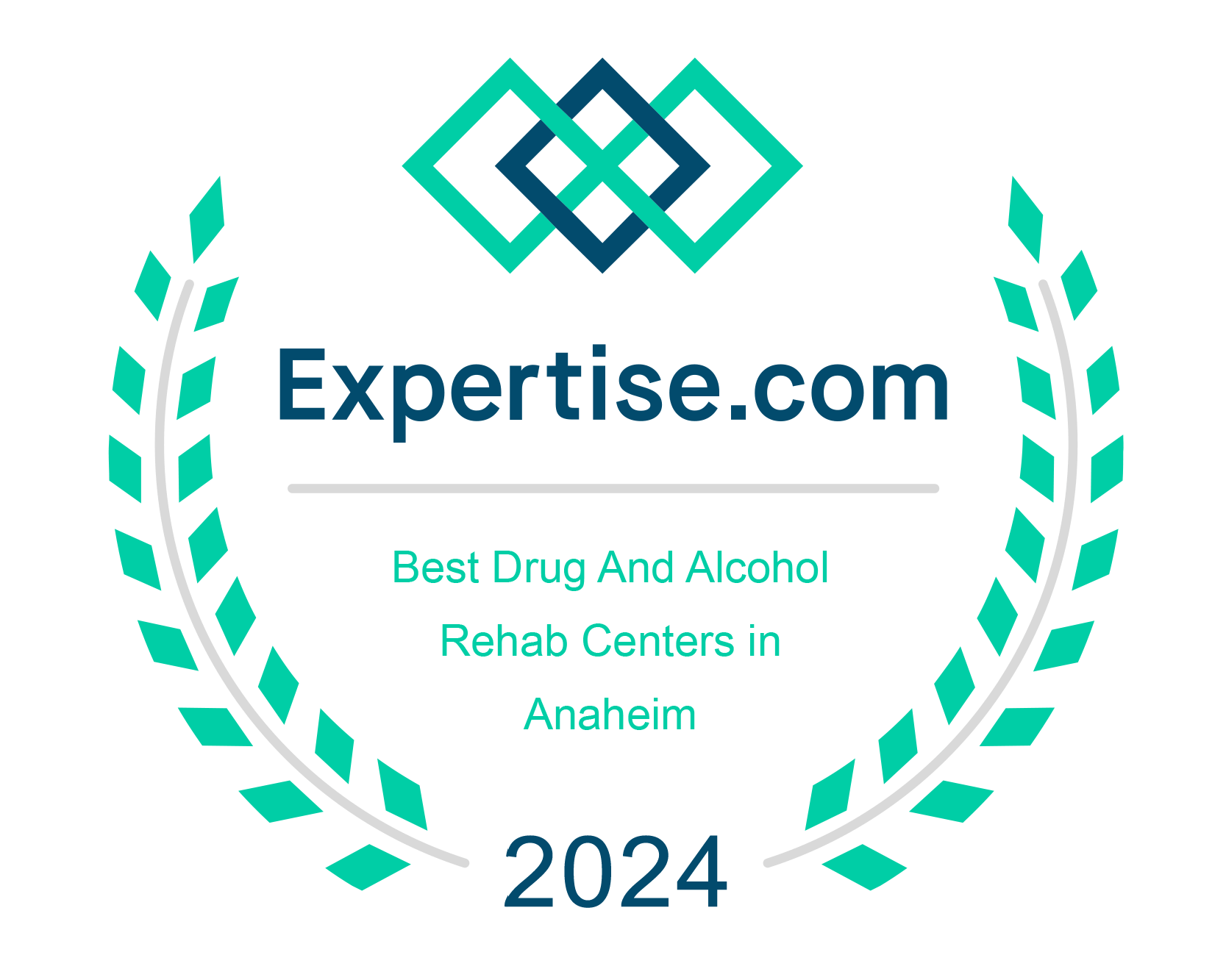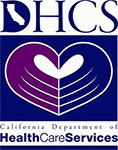Stereotypes of people suffering from substance abuse often focus on people who are young, poor, or from minority backgrounds. That could not be further from the truth. Substance abuse is an equal opportunity offender: it targets people of all ages, all socioeconomic statuses, and all cultural backgrounds. In fact, older adults are among the groups that have been hardest hit by the opioid epidemic in the United States. Better detection of substance abuse in the elderly population is a public health emergency, yet too often older adults go unnoticed by addiction prevention and treatment efforts.
The “Invisible Epidemic”
Data from the National Institute on Drug Abuse shows that nearly 1 million adults older than 65 are living with a substance abuse disorder. That could include addiction to opioids, alcohol, marijuana, or other drugs. Despite this, only 7% of admissions to treatment programs involve someone aged 65 or older. That disconnect shows just how much work needs to be done to increase awareness and access to treatment for this vulnerable group.
When talking about substance use in the United States, it is impossible to overstate the role of opioids in driving addiction statistics. That is doubly true for older adults, who are much more likely to be prescribed narcotic medications for pain management. From 1995 to 2010, opioid prescriptions given to older adults during regular medical visits increased by nine times. As providers began restricting prescription opioid access due to concerns about abuse, rates of heroin use started to climb. From 2013 to 2015, heroin use rates among older adults doubled. Rates of excessive alcohol use have also dramatically increased in the 50+ population. In one recent study, rates of alcohol-related deaths jumped most for people aged 55 to 65 over a 20-year period.
Despite the clear need for effective substance abuse treatment for senior citizens, research in this area is sorely lacking. One recent study found that only 13 federal grants were awarded between 2011 and 2017 to investigate substance abuse in older populations. Without research in this area, it is difficult for medical providers to establish best practices for treating older adults with opioid or alcohol dependence.
Risk Factors for Substance Misuse in Elderly Population
There are several major risk factors for substance abuse in older adults.
First, growing older comes with a number of life transitions that can be challenging.
Retirement, the death of friends and family members, family conflicts, and loneliness pose unique emotional challenges to people over 50. When dealing with emotional distress related to depression, anxiety, or trauma, the impulse to turn to drugs or alcohol is common. This causes some older adults to self-medicate with drugs, numbing their emotional pain. Of course, this is a short-term solution that leaves a person vulnerable to addiction.
Second, rates of chronic pain increase steadily with age.
By age 65, approximately 65% of people suffer from pain. Prescription opioids are no longer recommended for non-cancer chronic pain, but some medical providers continue to offer them. Some older adults may feel stuck between two bad choices: suffer with pain and limited mobility, or take a potentially addictive medication to feel better. Even beginning to take small amounts of prescription opioids can cause problems later on. The body’s opioid receptors soon become accustomed to the presence of the drug, meaning that you gradually need a higher and higher dose to get the same pain-killing effect. This leaves some older people stuck in a cycle of pain and prescription substance use, unable to break free. Making alternative pain management strategies more widely available is an important step for older adults’ health.
Third, older people are more likely to experience mood changes, serious medical problems, and memory problems.
All of these factors can make it more likely that a person will misuse drugs or alcohol. Memory problems, in particular, can present a big challenge: for example, a person might be unaware that they have already had two glasses of wine, resulting in over-use of alcohol. Chronic drug and alcohol use can also make it more likely that a person will experience memory issues.
Finally, growing older changes how your brain and body handle substances like drugs and alcohol. Your metabolism slows down as you get older, meaning that prescription medications and drugs of abuse can affect you differently. Levels of brain chemicals such as dopamine, glutamate, and serotonin all change with age. These are the neurotransmitter systems that are most affected by drugs and alcohol. The changes in brain chemicals that come with aging might make drugs feel more potent, making it more likely that a person will develop addiction.
How To Spot Alcohol or Drug Abuse in Older Adults
Detecting substance abuse in the elderly population can be tough.
Some typical signs of substance use such as confusion or memory problems can be signs of normal aging. Plus, friends and family members may not realize how much substance use is impairing everyday functioning. For example, a hallmark sign of addiction among working adults is difficulty performing job-related tasks, coming into work late or hungover, or worsening job performance. For a retiree, it’s not as easy for others to notice these changes in everyday functioning.
If you’re concerned about a friend or loved one struggling with substance abuse, keep an eye out for these warning signs:
- Sleep problems, including insomnia or nightmares
- Mood swings, including depression or irritability
- Memory loss
- Confusion
- Slurred speech
- Unexplained bruises or injuries
- Declining hygiene
- Loss of interest in previously enjoyed activities
- Withdrawing from friends, family, and other enjoyed activities
- Losing prescription pain pills or going through a prescription more quickly
- Seeing multiple doctors for the same problem
When you suspect substance abuse in older adults, the first step is to rule out another explanation.
Chronic medical conditions, depression, anxiety, or age-related cognitive changes all have overlapping symptoms with substance abuse. Visiting an addiction specialist can help you rule out other possible reasons for a change in your loved one’s behavior.
It can also help to monitor their daily activities more closely. Check the cabinets for hidden liquor, count the number of drinks they have, and monitor prescriptions for painkillers. If you’re involved in the person’s health care decisions, it is also a good idea to ask for a medication review. Opioids and older adults do not mix well. Older adults often take multiple medications that can have dangerous interactions, leading to the symptoms listed above.
What is the Best Treatment for Substance Abuse in People Ages 50+?
If you or someone you love is struggling with substance abuse, the first step is to acknowledge that it is time to get help.
Substance abuse treatment programs that use medically assisted detoxification offer a dignified, compassionate way to go through detox.
Experts at Waismann Method® have more than 21 years of experience treating opioid and alcohol abuse. This includes advanced training in the relationship between substance use, other medical conditions, and psychological factors that perpetuate addiction.
We all deserve dignity, respect, and the opportunity to heal in a judgment-free environment. Medically assisted detox takes place at a full-service hospital with caring nurses, doctors, and other medical professionals who are experts at helping patients go through detoxification. By tailoring treatment to each individual, medically assisted detox sets the stage for a healthy recovery to a drug- and alcohol-free life.



















